Which Of The Following Is Responsible For Epidemics Of Respiratory Disease In Infants?
Which of the following is responsible for epidemics of respiratory disease in infants?. The nucleotide sequences of the 3 end of the capsid-coding region were determined for 30 serotype O foot-and-mouth disease FMD viruses isolated between 1987 and 1994 from outbreaks in North Africa and the Middle East. From numerous in vitro and in vivo studies it has been shown that intranasal IIVs can protect hosts from a broad spectrum of influenza virus strains. Pigs serve as major reservoirs of H1N1 and H3N2 influenza viruses which are endemic in pig populations world-wide and are responsible for one of the most prevalent respiratory diseases in pigs.
There are no specific antiviral therapies or vaccines available for viral pneumonia. Most people have been infected by the age of 2 years. Certain bacteria viruses and fungi are pathogens of the respiratory system.
Globally 4 million people die prematurely from chronic respiratory disease. Respiratory syncytial virus RSV infections are fairly common in infants. Respiratory syncytial virus RSV is responsible for most acute lower respiratory tract infections in young children worldwide and accounts for a substantial burden among older adults.
During infection a viral surface protein causes host cells to fuse and form multinucleated giant cells called syncytia. Intranasal inactivated influenza vaccines for the prevention of seasonal influenza epidemics. Appropriately disinfected between patients 64.
Infection prevention and control of epidemic- and pandemic-prone acute respiratory diseases in health care. Mass antibiotic chemoprophylaxis is also often used to prevent acute respiratory disease and control epidemics particularly those caused by S. They include conditions of the respiratory tract including the trachea bronchi bronchioles alveoli pleurae pleural cavitythe nerves and muscles of respiration.
All except malnutrition are communicable diseases directly related to environmental health con-. Air pollution is another significant cause of respiratory disease. The common cold frequently of viral origincan cause inflammation of the trachea and laryngitis and such inflammation may extend to involve the lower bronchial tree.
Viral infections of the respiratory system A wide variety of viruses are responsible for acute respiratory disease. The common cold and flu are caused by viruses.
The maintenance of these viruses in pigs and the frequent exchange of viruses between pigs and other species is facilitated directly by swine.
Unlike most of the other vaccine-preventable illnesses there continue to be about 5000 to 7000 cases of pertussis each year in the United States. Unlike most of the other vaccine-preventable illnesses there continue to be about 5000 to 7000 cases of pertussis each year in the United States. SARS is characterized by respiratory problems dry cough fever and head and body aches and is spread through respiratory droplets from coughs and sneezes. KNOWLES andDKJMACKAY Institute for Animal Health Pirbright Laboratory Ash Road Pirbright Woking Surrey GU24 0NF United Kingdom Accepted 22. ÖEnsure regular cleaning and proper disinfection of common areas 66 and adequate hand. Most people have been infected by the age of 2 years. Hygiene by patients visitors and caregivers 67 68. Genetic analysis of type O viruses responsible for epidemics of foot-and-mouth disease in North Africa A. The common cold frequently of viral origincan cause inflammation of the trachea and laryngitis and such inflammation may extend to involve the lower bronchial tree.
The common cold and flu are caused by viruses. Tuberculosis whooping cough and acute bronchitis are caused by bacteria. The common cold and flu are caused by viruses. The pathogens that cause colds flu and TB can be passed from person to person by coughing and sneezing. Appropriately disinfected between patients 64. SARS is characterized by respiratory problems dry cough fever and head and body aches and is spread through respiratory droplets from coughs and sneezes. Certain bacteria viruses and fungi are pathogens of the respiratory system.



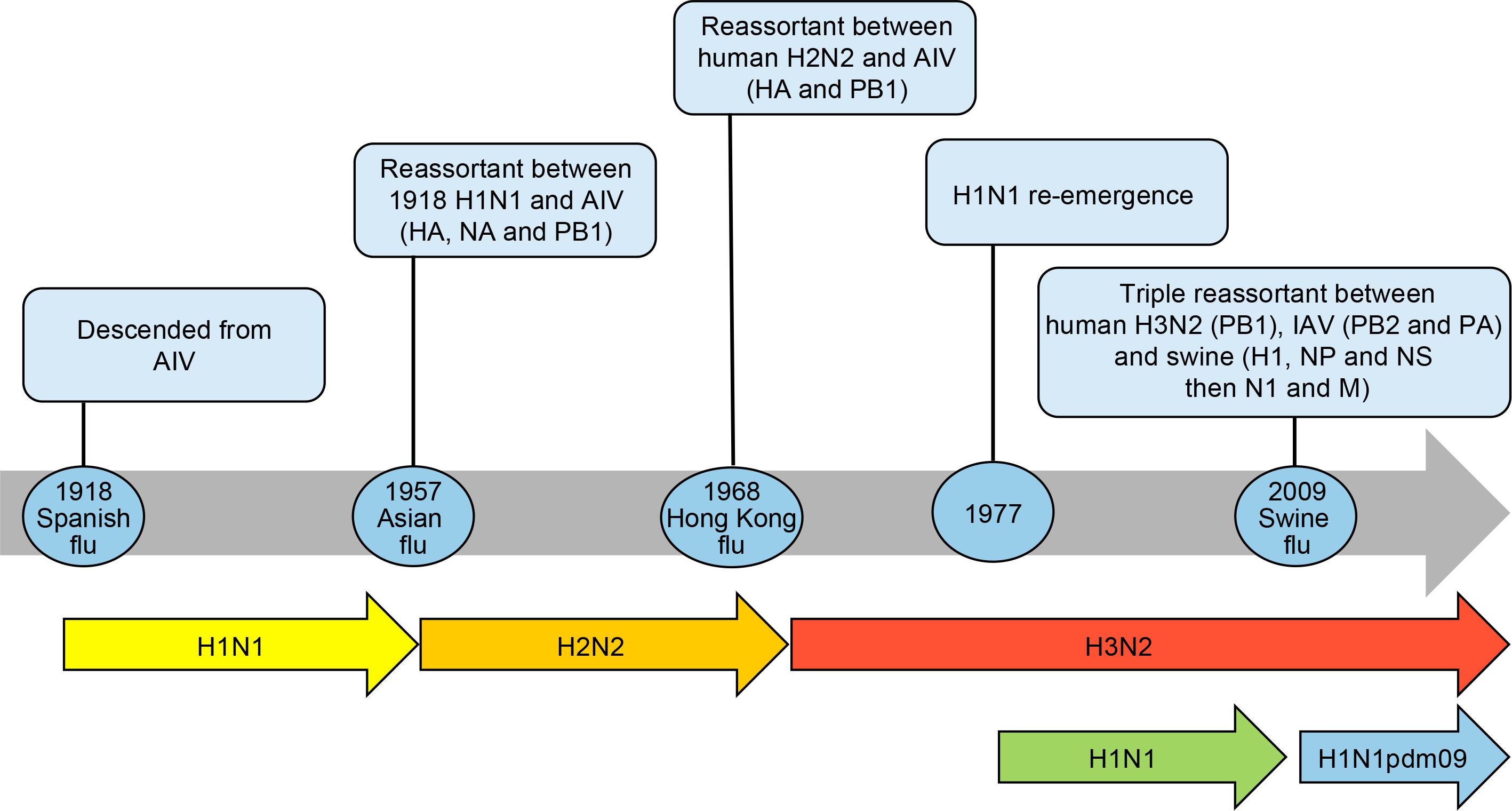



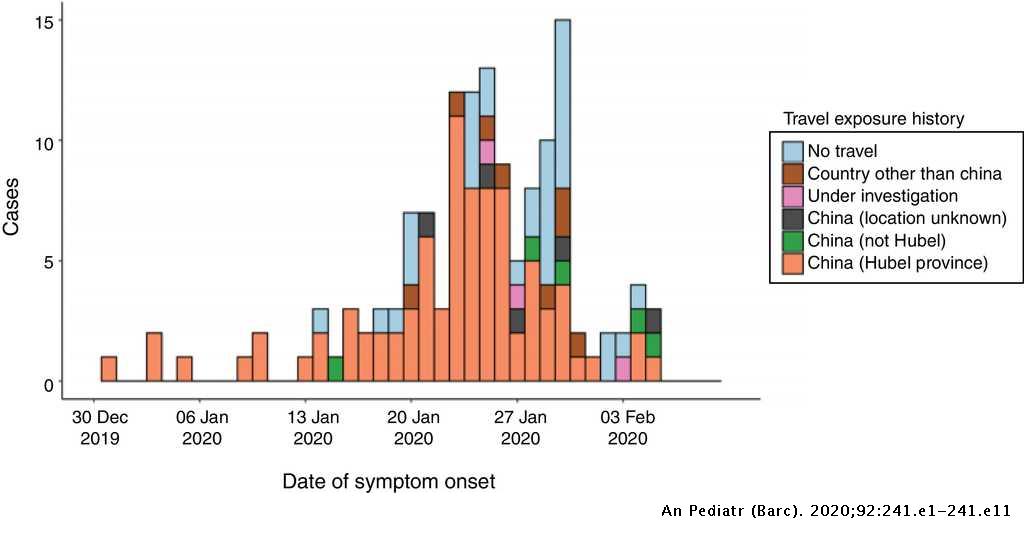





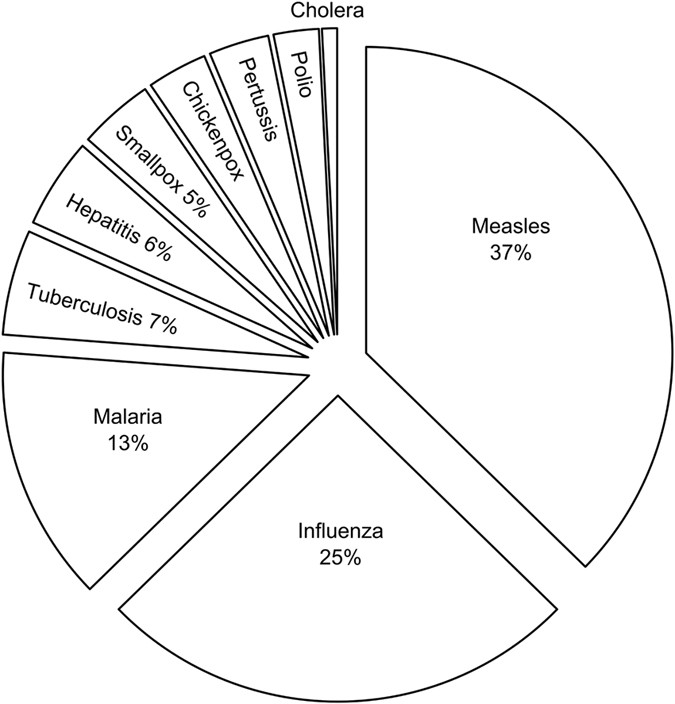

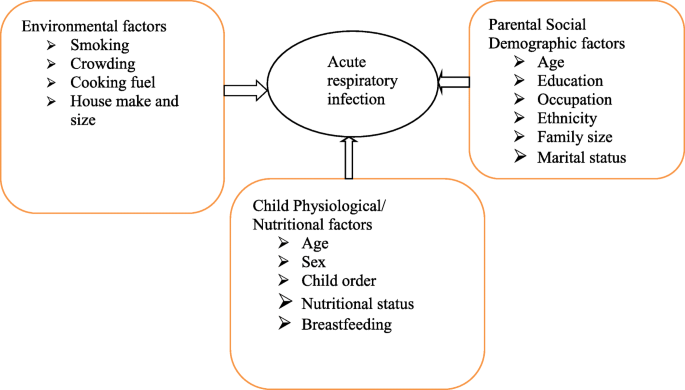




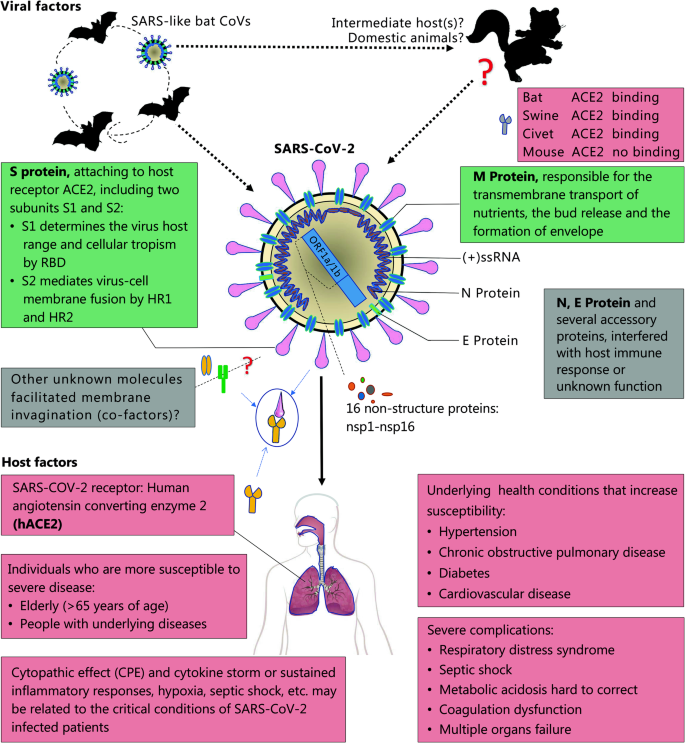

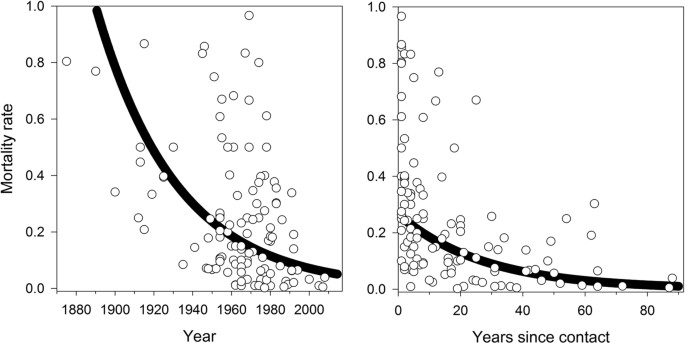

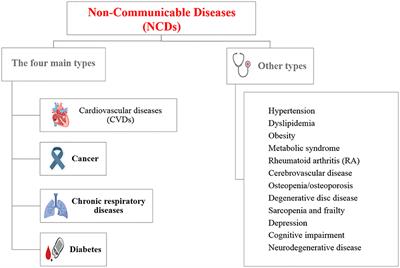
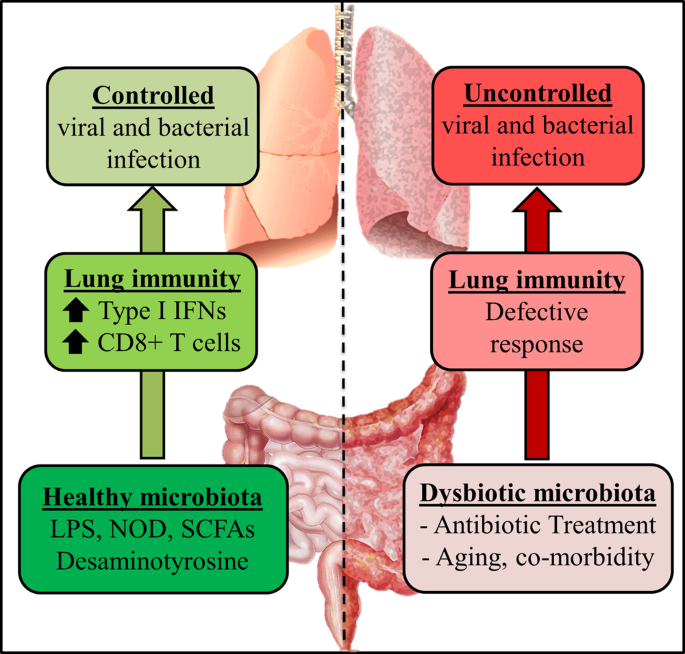


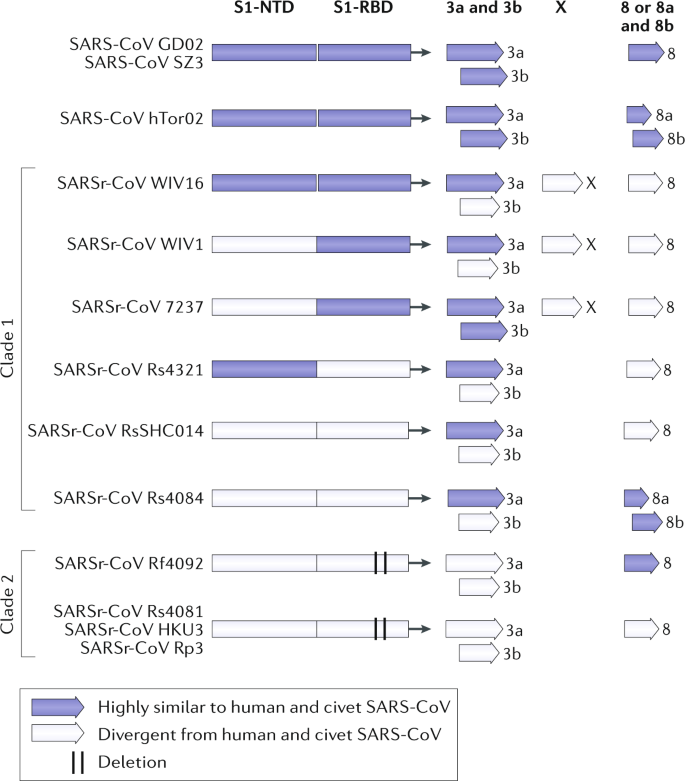

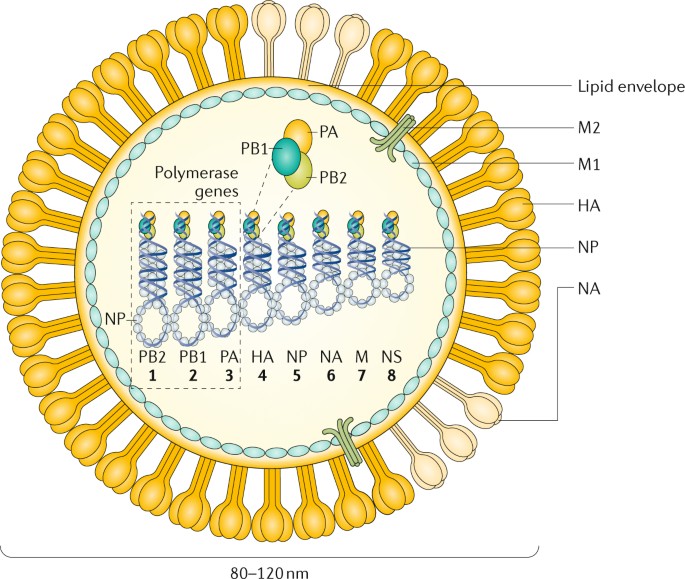




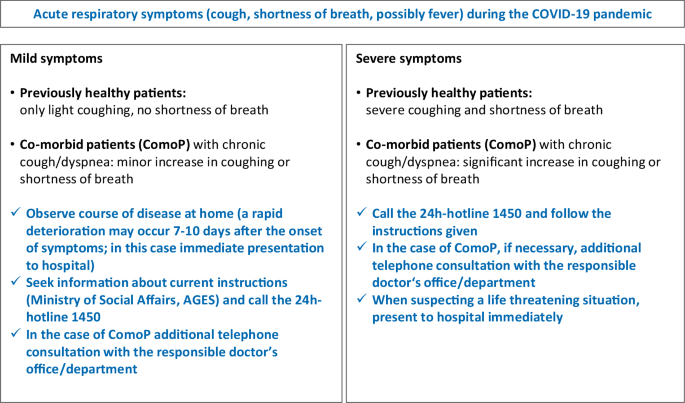
Post a Comment for "Which Of The Following Is Responsible For Epidemics Of Respiratory Disease In Infants?"